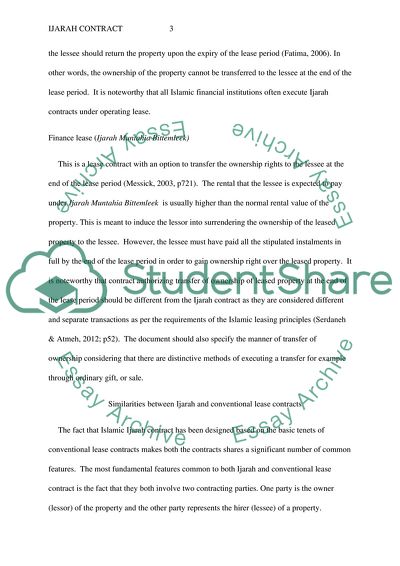Cite this document
(Islamic Accounting - Ijarah contract Assignment, n.d.)
Islamic Accounting - Ijarah contract Assignment. https://studentshare.org/finance-accounting/1822980-islamic-accounting-ijarah-contract
Islamic Accounting - Ijarah contract Assignment. https://studentshare.org/finance-accounting/1822980-islamic-accounting-ijarah-contract
(Islamic Accounting - Ijarah Contract Assignment)
Islamic Accounting - Ijarah Contract Assignment. https://studentshare.org/finance-accounting/1822980-islamic-accounting-ijarah-contract.
Islamic Accounting - Ijarah Contract Assignment. https://studentshare.org/finance-accounting/1822980-islamic-accounting-ijarah-contract.
“Islamic Accounting - Ijarah Contract Assignment”. https://studentshare.org/finance-accounting/1822980-islamic-accounting-ijarah-contract.


